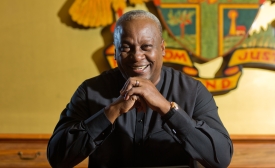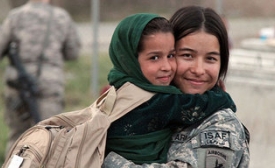public diplomacy
Step inside the Giant Panda Conservation Center in Kuala Lumpur, not only for a look at the new panda cub, but a take on the benefits of panda diplomacy.
Neamin Ashenafi of The Reporter sat down with the ambassador [Mohammed Idris] at the Egyptian Embassy to discuss a range of issues including the Nile, his work here in Addis Ababa, the expansion of the New Suez Canal and other pertinent issues.
"I can truly feel the world's growing interest in Korea whenever I go on a business trip, Yu said. "And I believe that now is the time to put more effort into public diplomacy. The result will be greater than expected."
Danish Foreign Minister Kristian Jensen said Friday that he intends to reopen political dialogue with Russia, amid growing estrangement between Moscow and the E.U. Jensen said that despite rising tensions, dealing with Russia was a diplomatic necessity. “Even though Russia is a major threat, we can’t find a crane large enough to move it. Russia is situated geographically where it is and that means that we need to deal with it,” he said.
Britain’s foreign secretary, Philip Hammond, will formally reopen the UK embassy in Tehran on Sunday, nearly four years after it was shut down as a result of a mob attack.The Iranian embassy in London will be reopened at the same time, as part of a rapid warming of relations between Iran and the west following the agreement reached on 14 July on the future of the Iranian nuclear

CPD welcomed President Mahama on Thursday, October 1.

Stefanie von Hlatky discussed Women, Peace and Security, NATO's crisis prevention and conflict management efforts and the role of Public Diplomacy.
Indicating a possible shift in government policy toward “emerging” Jewish communities around the world, Israel’s Ministry of the Diaspora has created a new committee to present recommendations on what it defines as “groups with ties to the Jewish people.”







